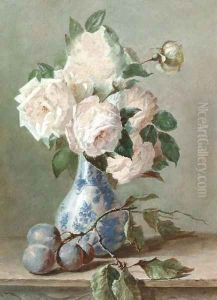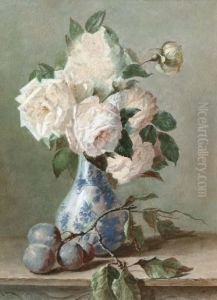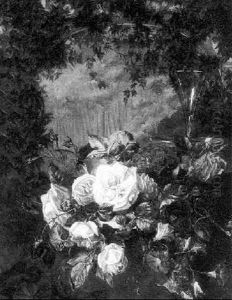Catharina Kiers Paintings
Catharina Kiers was a distinguished Dutch painter born on December 12, 1839, in Groningen, Netherlands, and passed away on November 29, 1930. Her works predominantly belong to the 19th and early 20th centuries, a period that witnessed a transformation in the European art scene from traditional to more modernist expressions. Kiers, however, remained deeply rooted in the classical tradition, focusing on genre scenes, portraits, and still life paintings that meticulously captured the essence of her subjects with a keen eye for detail and a profound sense of realism.
Kiers trained at the Academie Minerva in Groningen, an institution that played a crucial role in shaping her artistic journey. Despite the gender norms of her time, which often restricted women's access to professional art careers, Kiers managed to carve out a space for herself in the Dutch art world. Her dedication to her craft and her ability to portray the simplicity and beauty of everyday life gained her recognition among her contemporaries.
Throughout her career, Catharina Kiers exhibited her work across the Netherlands, contributing to the rich tapestry of Dutch art. Her paintings are characterized by their vibrant yet delicate use of color, attention to texture, and empathetic portrayal of her subjects, which ranged from domestic scenes to the serene Dutch countryside. Kiers's ability to imbue her work with a sense of warmth and familiarity made her paintings beloved to many.
Despite her success, Catharina Kiers remained relatively unknown outside of the Netherlands, a fate not uncommon for women artists of her time. Yet, her contributions to the Dutch artistic heritage have been increasingly recognized and appreciated in recent years. Her works can now be found in various Dutch museums and private collections, serving as a testament to her skill and dedication as an artist. Catharina Kiers's legacy continues to inspire new generations of artists, particularly women, highlighting her role not only as a talented painter but also as a pioneer who navigated the challenges of her era to pursue her passion for art.


